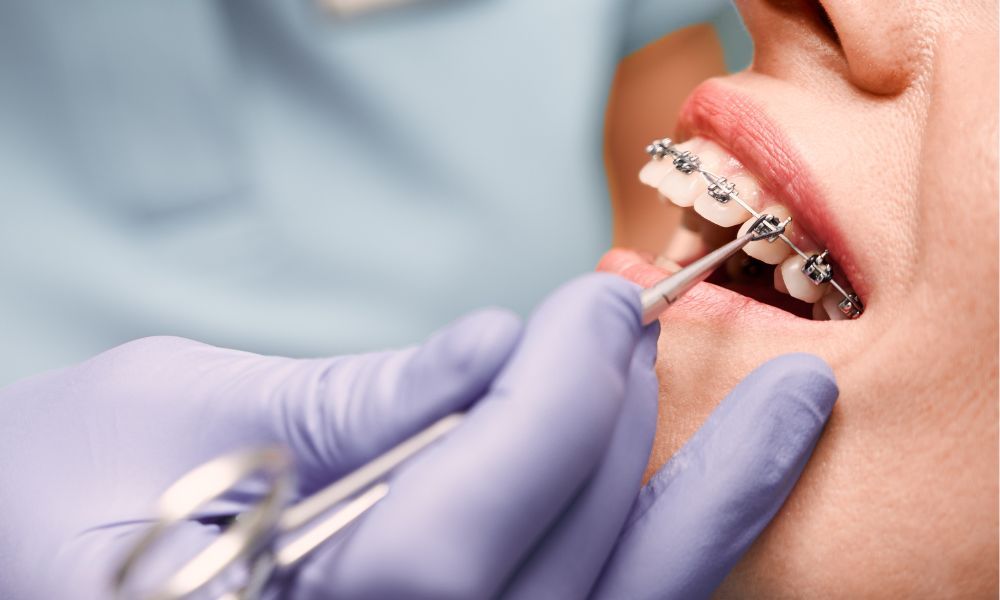Orthodontic treatment has been very important in promoting oral health for many years in which people get help in correcting their teeth’ position and bite. Nonetheless, many myths and misconceptions still prevail even when information is obtained from an orthodontic practice.
These myths reduce the chances of people accessing the orthodontic treatment they require, which leads to expenses and health implications in the future. In this blog, we will discuss all the myths related to orthodontists that are prevailing in the public sphere and the financial effect of ignoring such significant services.
Do You Think That Orthodontic Treatment Is Possible Only in Children and Teenagers?
Another myth about orthodontic treatment is that it is relevant to children and teenagers only. Yet another challenge that many people agree with is that there are quite many people who still bear the mentality that once one grows up, they cannot benefit from orthodontic treatment or care. But this is not the truth at all.
However, it is important to understand that orthodontic treatment is not limited to childhood and can be made at any age. Older people also undergo treatment for misalignment that they could not correct while they are still young.
Concerning the financial aspect, one can note that the failure to seek orthodontic treatment at a tender age means that one is likely going to end up paying a considerably higher sum when orthodontic problems reach their worst in adulthood. It also makes simple orthodontic problems to prevent complex and costly restorative problems in the future.
Is Orthodontic Treatment a Cosmetic Thing?
Another myth is orthodontic treatment is to improve the looks of the teeth only. It may be aesthetically fulfilling to have properly aligned teeth to give out a great smile but aligning the teeth is beneficial to fix malocclusions.
Some of the conditions that are associated with misaligned bite or crowded teeth include; gum disease, tooth decay, and jaw pain. Many of these conditions if left without treatment will lead to high costs in extensive dental care procedures. Avoiding some of these financial risks involves early investment in orthodontic care so as to avoid the development of severe oral-related illnesses.

Is orthodontic treatment really uncomfortable and painful?
The third common myth regarding orthodontic treatment is the idea that orthodontic treatment causes pain and discomfort. Some level of discomfort is understandably expected especially after adjustments have been made, however, orthodontic technology has advanced significantly and it is therefore scarce to hear of patients experiencing excruciating pain.
This is evident through clear aligners which are a more comfortable and less invasive treatment than braces. False beliefs about pain may prevent people from receiving care and end up with undiagnosed ailments that are more costly to treat in the long run.
Orthodontic treatment may require some amount of investment at first, but it better prepares the patient and saves them from further more damaging, and expensive treatment later on.
Conclusion
Orthodontic treatment is a subject that is poorly understood by the general public because of myths and misconceptions. Thinking that treatment is available for children only, too costly, or just a mere beauty improvement can contribute to the denial of treatment services to capable people.
This means that the myths discussed in this paper prove that orthodontic treatment is not only available but also imperative to individuals of any age. On the financial aspect, making orthodontic treatment should be seen as a long-term investment rather than immediate expenses in treating dental issues in the future.
The fact-based information on orthodontic treatment means that a person can make a decision whether to get this procedure done and what is in his/her best interest in the long run as per dental health as well as monetary concerns.



